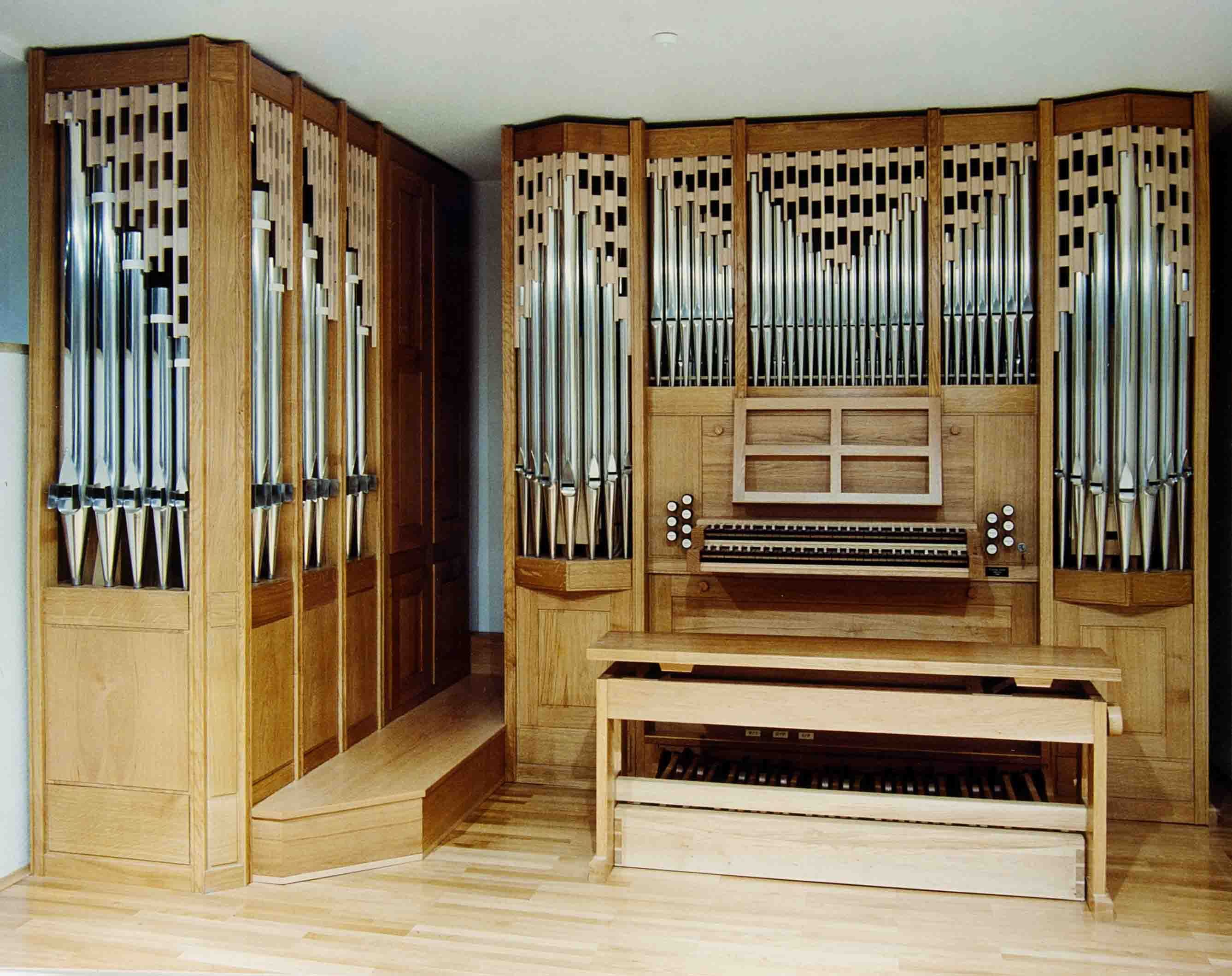Sample set migration process: converting the licenses of existing sample sets and downloading the new sample set versions I have an iLok license for my Inspired Acoustics sample set, but I do not have an Activation Code, so I cannot register and access the sample set download at the Inspired Acoustics website. Augustine’s Virtual Organs offers some of their sample sets for free, though only Hauptwerk ODFs are provided. Jeux d’orgues 2: Stiehr-Mockers is a nice free sample set available for a Hauptwerk, GrandOrgue, and a vast array of other general purpose sampler software.


Hauptwerk Free Organs
This page shows the Hauptwerk virtual organs that can be used with version 4.0 or higher with the best sound quality for recording technique and sampling.
The Project:
The project aims to introduce, in the Community Hauptwerk, a number of organs builtaccording to the Italian tradition, which developed from the Middle Ages up to the 1700s.Period in which almost all the churches in Italy were endowed with an organ. The old Italian organ, usually had only one keyboard with approximately 12 stops butwith high-quality featuressound, due to the low wind pressures. The double keyboard was not heard and when you began to realize it was resorted to stop broken. The most usedpedalboard wasin sixth or 'scavezza'withvery short, inclined pedalsso thatthe tip of the foot could be used and in general it was extended to nine pedals. The air pressure, distributed from cuneiform bellows, was extremely low and did not exceed 48 mm at the water column.
The Italian organ of this periodhad these features becauseit was primarily intended for liturgy and the accompaniment ofpeople singing in churchand the pedal was used at the end of musical phrases. The peculiarities that were found in the ancient Italian organs, were the fusion of sound and composition filled with stops of the same family.
The modern Italian organ was influenced, in the early 1900s,by the Cecilianchurch reform. However, it was only in 1930, when the most important Italian organists gathered in Trento under the guidance of Bishop Raffaele Manari, that the guidelines were defined for the organbuilders in the construction of these instruments, so as not to lose the successful Italian tradition.
Recording Audio Samples:

It is well known that one of the most difficult instruments to register is the pipe organ, both for its dimension, for its location in the church and in the large environment in which it is placed. The quality of a good audio sample originates from its recording and, for that reason, MidiPipeOrgan, with over twenty years experiencehas developed its ownrecording technique of audio samples in order to maintain presence and vitality without sacrificing the environmental features of of the church where the organ is placed. With this technique, samples are natural, without sounding too close or too distant, giving the listener the impression of being in the best possible place in the church where the organ is placed. Particular attention has been given to the tail of release of the sample. All the noises produced by the organ are recorded, including the mechanical noise of the keys and stops that are reproduced in Hauptwerk when the instrument is played. InHauptwerk software the characteristicsof wind pressure of the organ are reproduced. All samples have been recorded stereo with a sampling frequency of 96Khz 24 Bit.
The smaller and the older brother of the main rear gallery organ (which is available as a sample set for Hauptwerk as well) is located in the Transept of the same St. Laurentis church in Rotterdam (Netherlands) and it is a top example of the European organbuilding of the mid twentieth century, in the years following the 2nd World War.
Hauptwerk Sample Set - Marcussen Organic
The bombing of Rotterdam on 14 May 1940 damaged the building as well as its organs. The church was restored after the war, and the new organs were created from scratch, built upon the historical legacy of the previous instruments. The Transeptorgel occupies the space on a balcony where a renaissance instrument was located in the distant past. A medium size instrument was chosen to accompany the services held temporarily in the Transept of the church, which was reconstructed first after the bombing. The historical organ case used comes from the St. Bartholomeus church in Schoonhoven, because it has striking similarity with the renaissance instrument known from 17th century paintings of St. Laurentis. Originally, the case belonged to a Henrick Niehoff organ (1539-1540), but that instrument was out of use for a long time. The Marcussen organbuilding company filled this case with a 3 manual instrument. The main organ case houses a Hoofdwerk and a Pedaal and a tiny Borstwerk underneath. A smaller Rugwerk case was added to the balustrade of the balcony. The lowest octave of the Spitsgedekt 16' is located in a small room behind the organ.
Hauptwerk Sample Set - Marcussen Organic
The organ has 31 speaking stops, divided into four divisions: Rugwerk, Hoofdwerk, Borstwerk and Pedaal. It is the last work of Sybrand Zachariassen, the leader of the Marcussen company at that time, and it is usually praised as his greatest work. The special feature of the instrument is the horizontal Regaal 16' sticking out of the organ case under the door enclosing the Borstwerk. The door can be opened or closed by a pedal, adding a 'swell' effect to the Borstwerk.